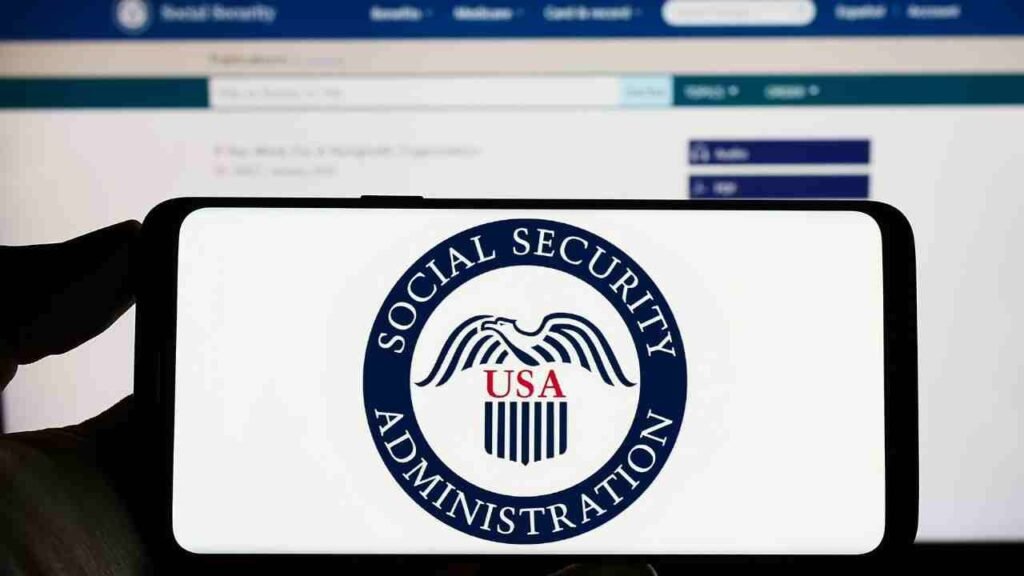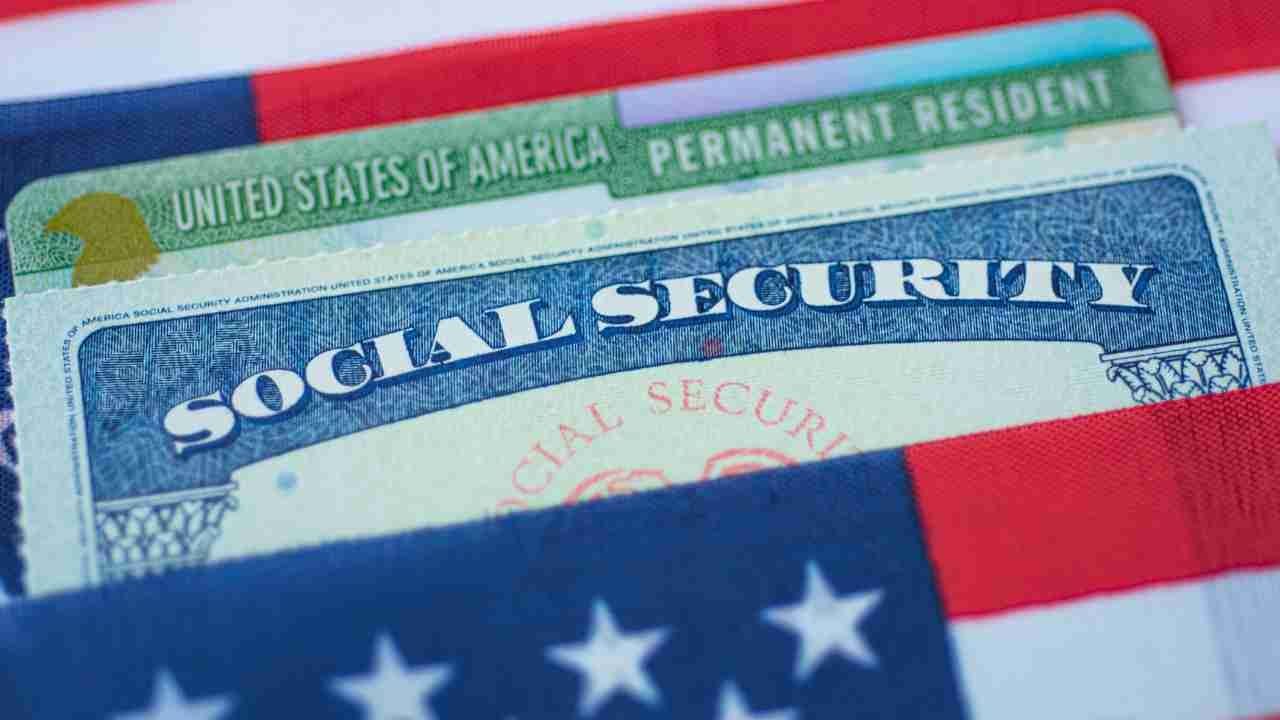October 2025 will be different for millions of Americans receiving Supplemental Security Income (SSI). Instead of the usual single payment, eligible recipients will get two payments in the same month. The first will arrive on October 1, and the second on October 31. This adjustment happens because November 1 falls on a Saturday, and the Social Security Administration (SSA) moves payments to the previous business day whenever that occurs. Although this may feel like an extra payment, it is simply the November benefit being paid early.
How Much Will You Receive
The maximum SSI benefit amount for 2025 remains steady, offering up to $967 for individuals each month. Couples who qualify jointly can receive up to $1,450, while essential persons who provide care for SSI recipients may receive up to $484. These amounts are designed to help with basic living expenses such as housing, food, and other daily needs. While the benefit may not cover every expense, it remains an important source of financial support for millions of people with limited income and resources.
Who Qualifies for SSI in October
Not everyone is eligible for SSI, as strict requirements are in place to ensure the program supports those most in need. Applicants must either be age 65 or older, legally blind, or have a qualifying disability that prevents them from working. Income and resource limits also apply. An individual’s assets must generally stay under $2,000, and couples must remain under $3,000, though some items such as a primary home or one vehicle are not counted. Citizenship or legal residency within the United States is also required, and recipients must live in an eligible state or territory to continue receiving payments.
Age and Disability Rules Explained

SSI is available to people of different ages, but the rules vary depending on whether the applicant qualifies through age or disability. Seniors age 65 and older meet the requirement automatically if they meet the financial limits. For those applying under disability, the Social Security Administration looks closely at medical records. Disabilities must be severe enough to prevent substantial work and last for at least one year or be expected to result in death. Blindness also has a strict definition, requiring vision of 20/200 or less or significant limitations in the visual field. These rules apply to both adults and children, with special standards for younger applicants.
Transition to Electronic Payments
Another major change happening around this time is the end of paper checks. Starting September 30, 2025, all SSI benefits will be delivered electronically. This can be done through direct deposit into a bank account or by using the Direct Express debit card provided by the government. The shift is designed to make payments faster, safer, and less likely to be lost or stolen. Those who have not updated their payment information yet should do so as soon as possible to avoid disruptions in receiving their benefits.
Checking the Status of Your Payment
Recipients can monitor their October payments in several ways. The easiest option is through the Social Security Administration’s official online portal called “my Social Security.” After creating or logging into an account, recipients can see their payment history, upcoming dates, and any issues affecting their benefits. Assistance is also available by calling the SSA directly. Since all payments will be sent electronically, it is wise to also check with the bank or financial institution if a payment appears delayed. The SSA recommends waiting at least three business days after the scheduled date before reporting a missing payment.
Overpayment Recovery and Reductions
Some beneficiaries may notice smaller payments in October if they owe money to the SSA due to past overpayments. In such cases, the agency can withhold up to half of a monthly benefit until the balance is repaid. This process is part of the SSA’s effort to recover funds that were paid incorrectly in the past. While it may cause financial strain for some recipients, the rule ensures that billions of dollars in unintentional overpayments are eventually returned to the system.
What This Means for Recipients
For SSI recipients, October 2025 is a month that requires careful planning. While receiving two payments in one month might seem like extra money, it is important to remember that the second payment is an advance for November. Beneficiaries should budget carefully to ensure they have enough funds to last through the following month. With the switch to electronic payments and the continued enforcement of eligibility rules, SSI remains a crucial lifeline for vulnerable groups, helping them manage essential living costs with steady financial support.

